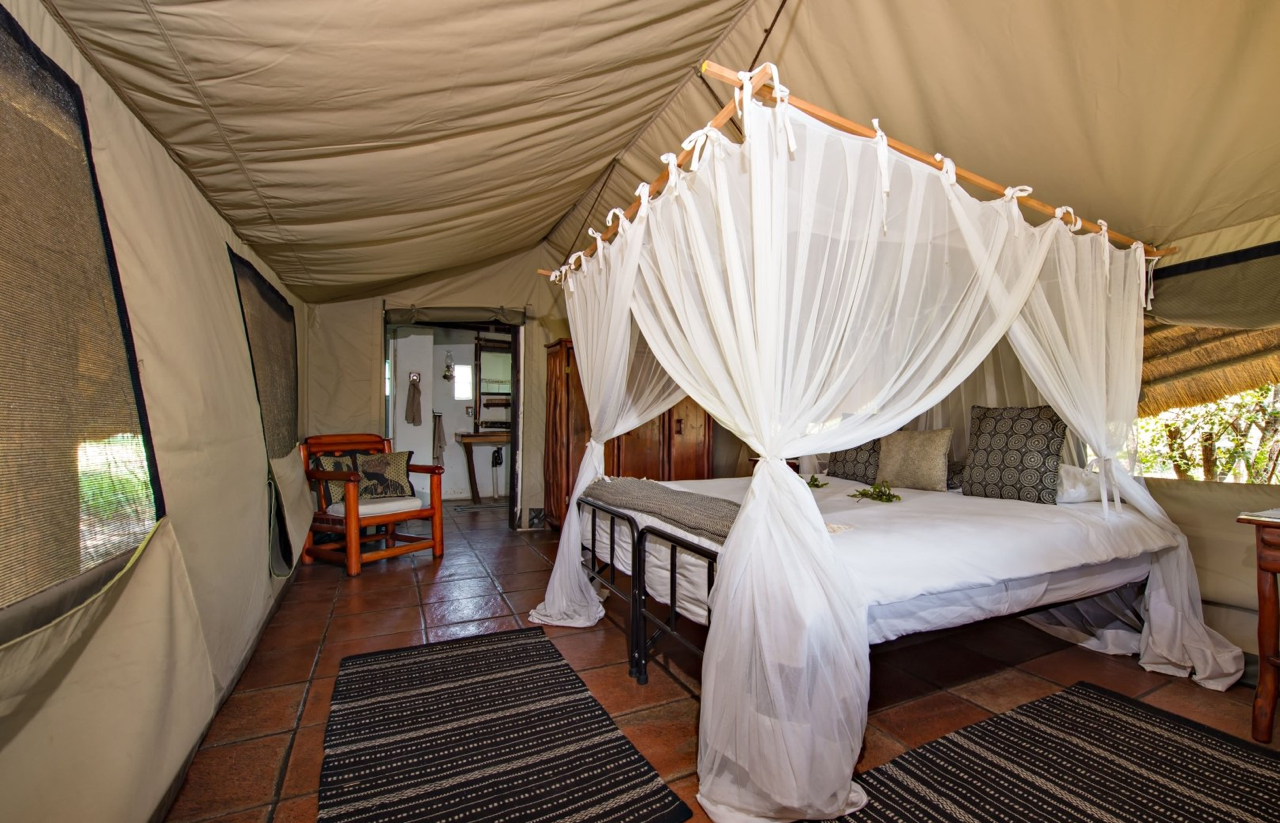
Pungwe - A birding paradise
Discover the magic of the Manyeleti's feathered friends
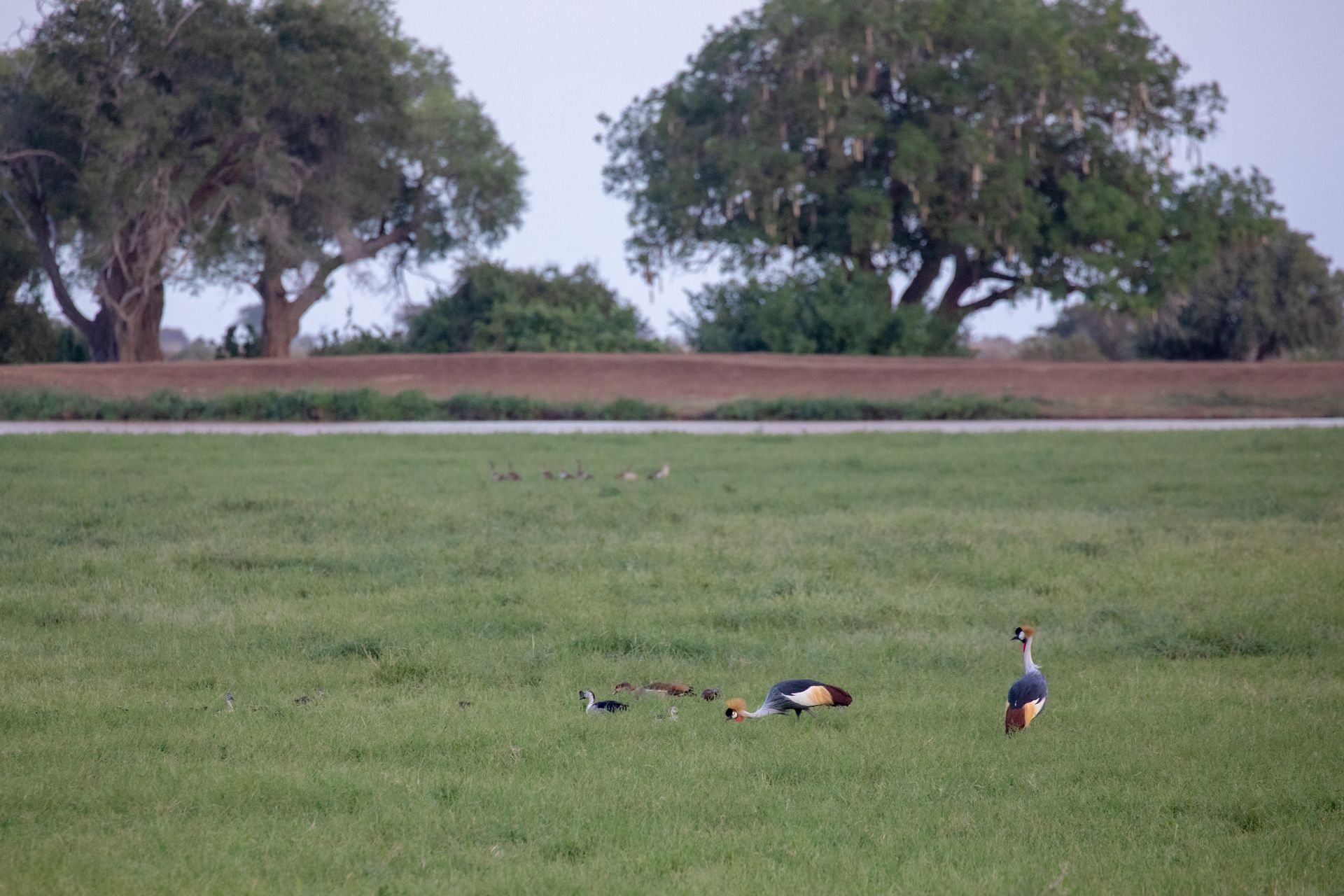
Slide title
Crowned crane
Button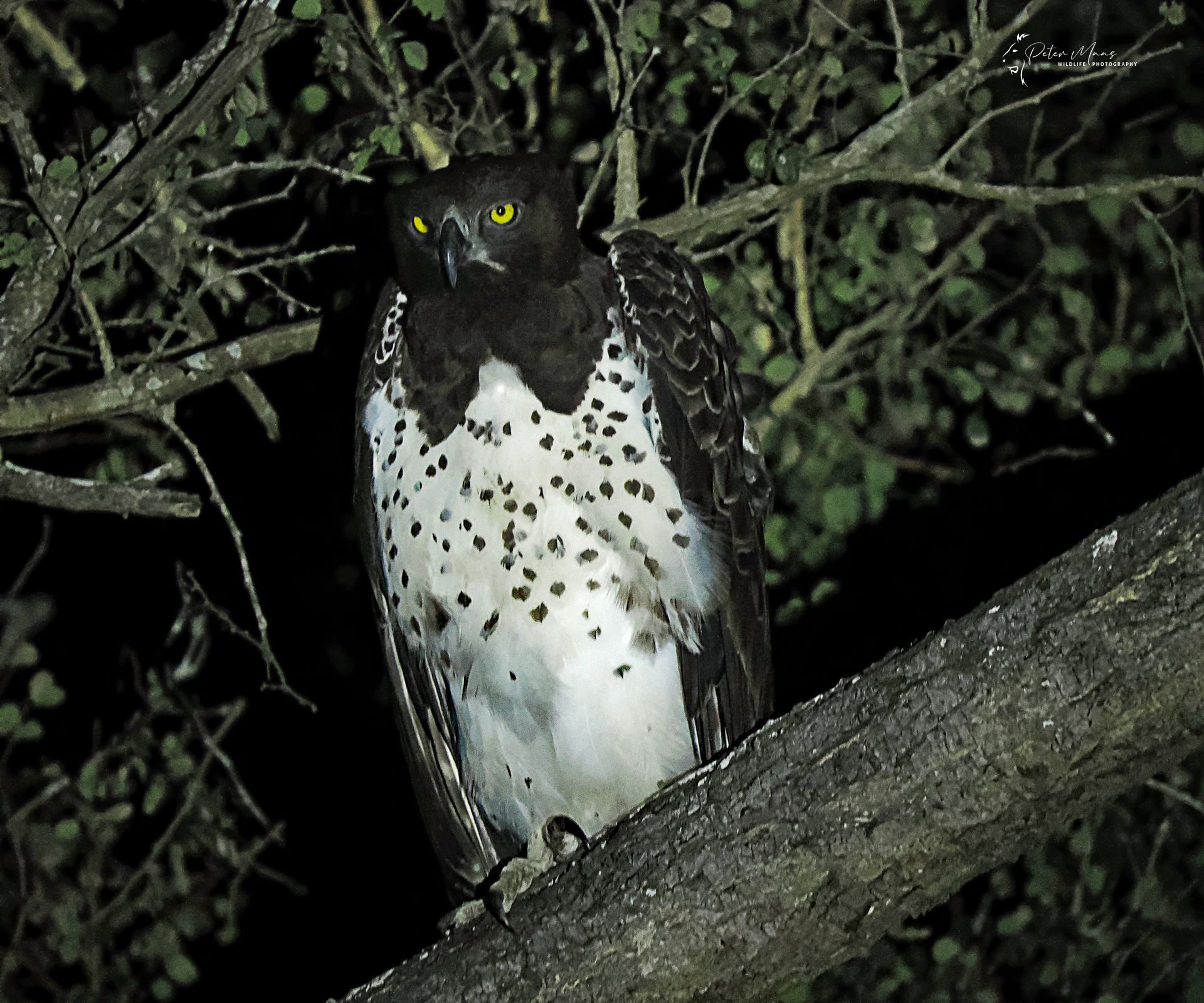
Slide title
Martial eagle
Button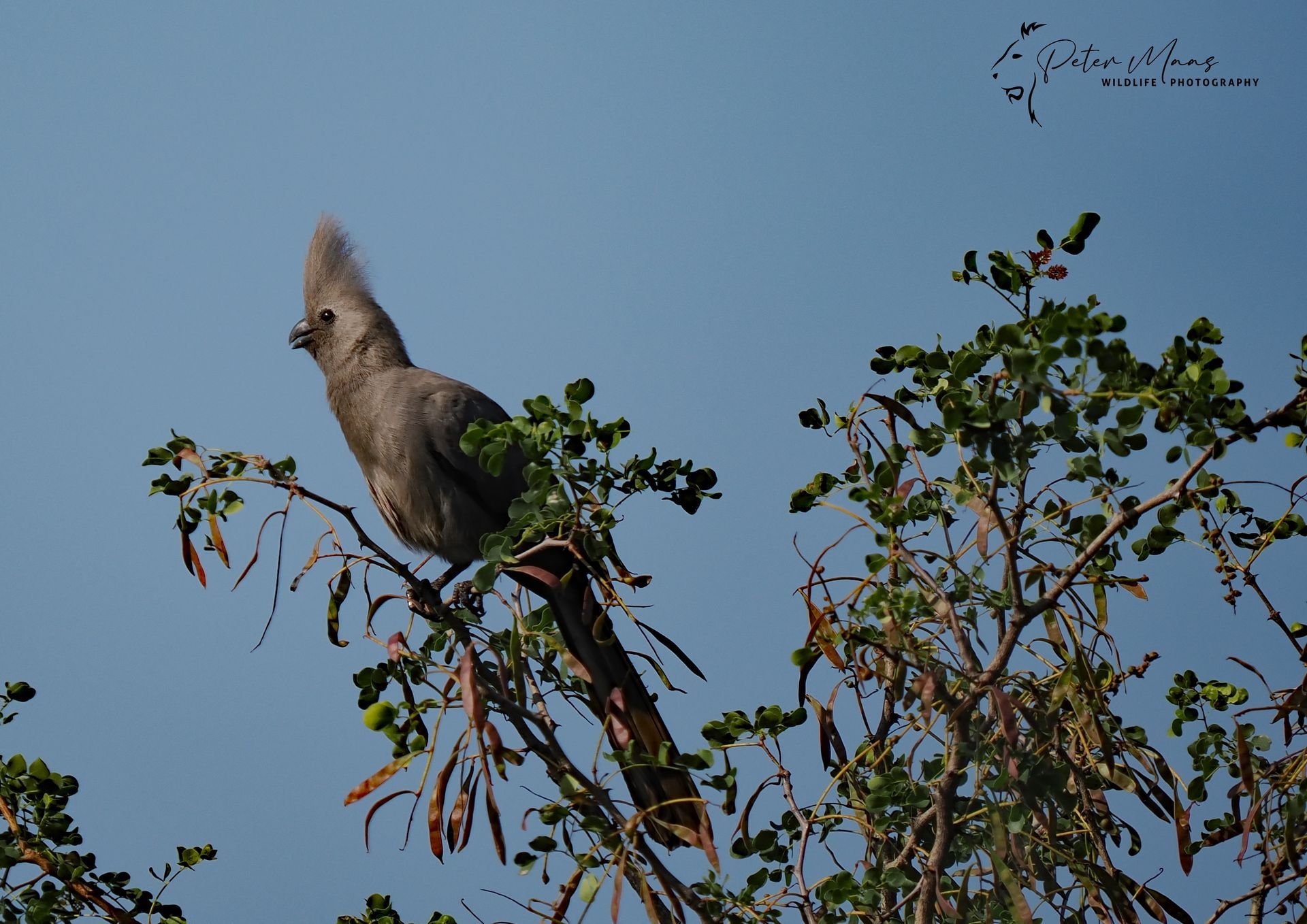
Slide title
Grey go-away bird
Button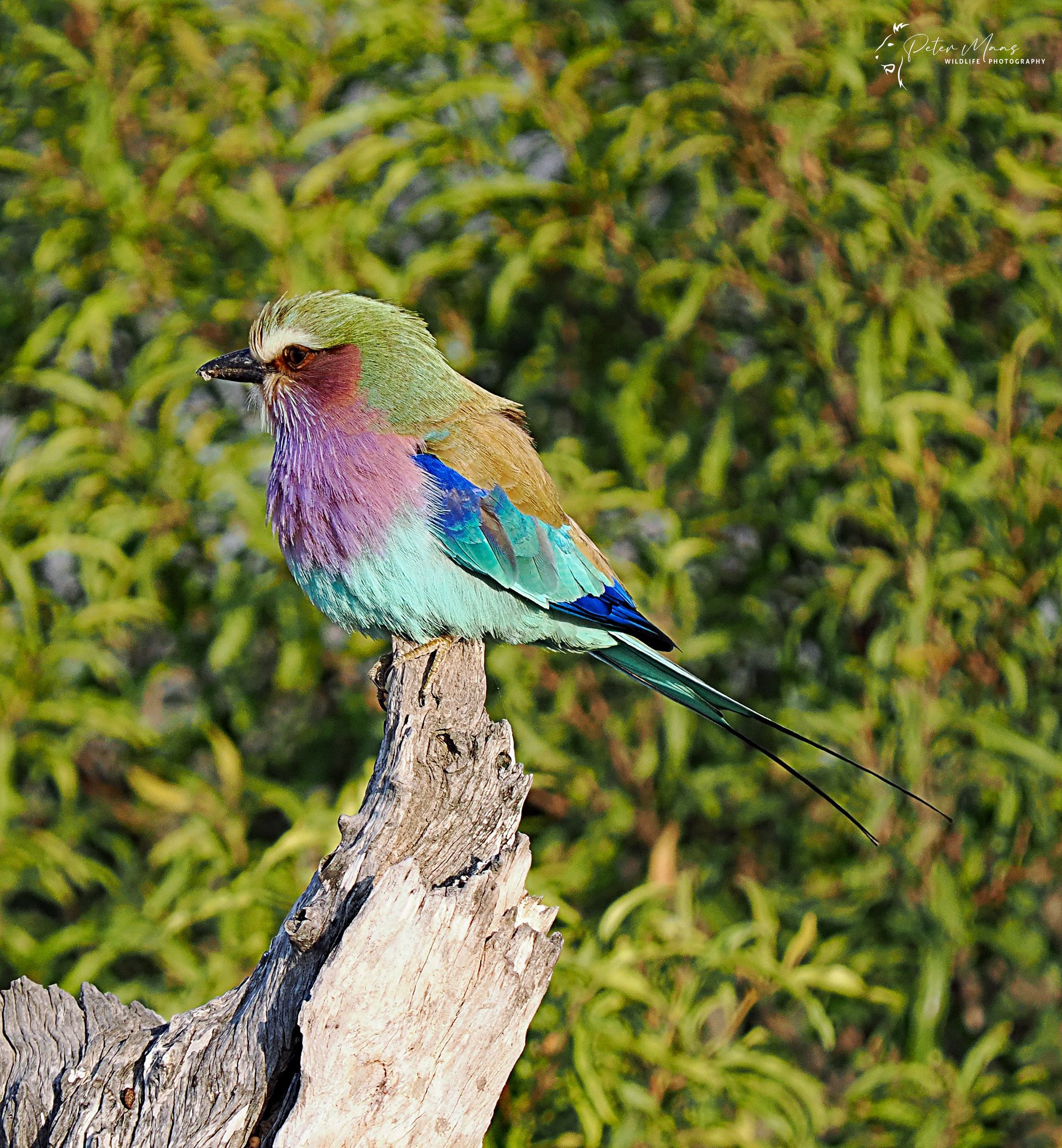
Slide title
Lilac-breasted roller
Button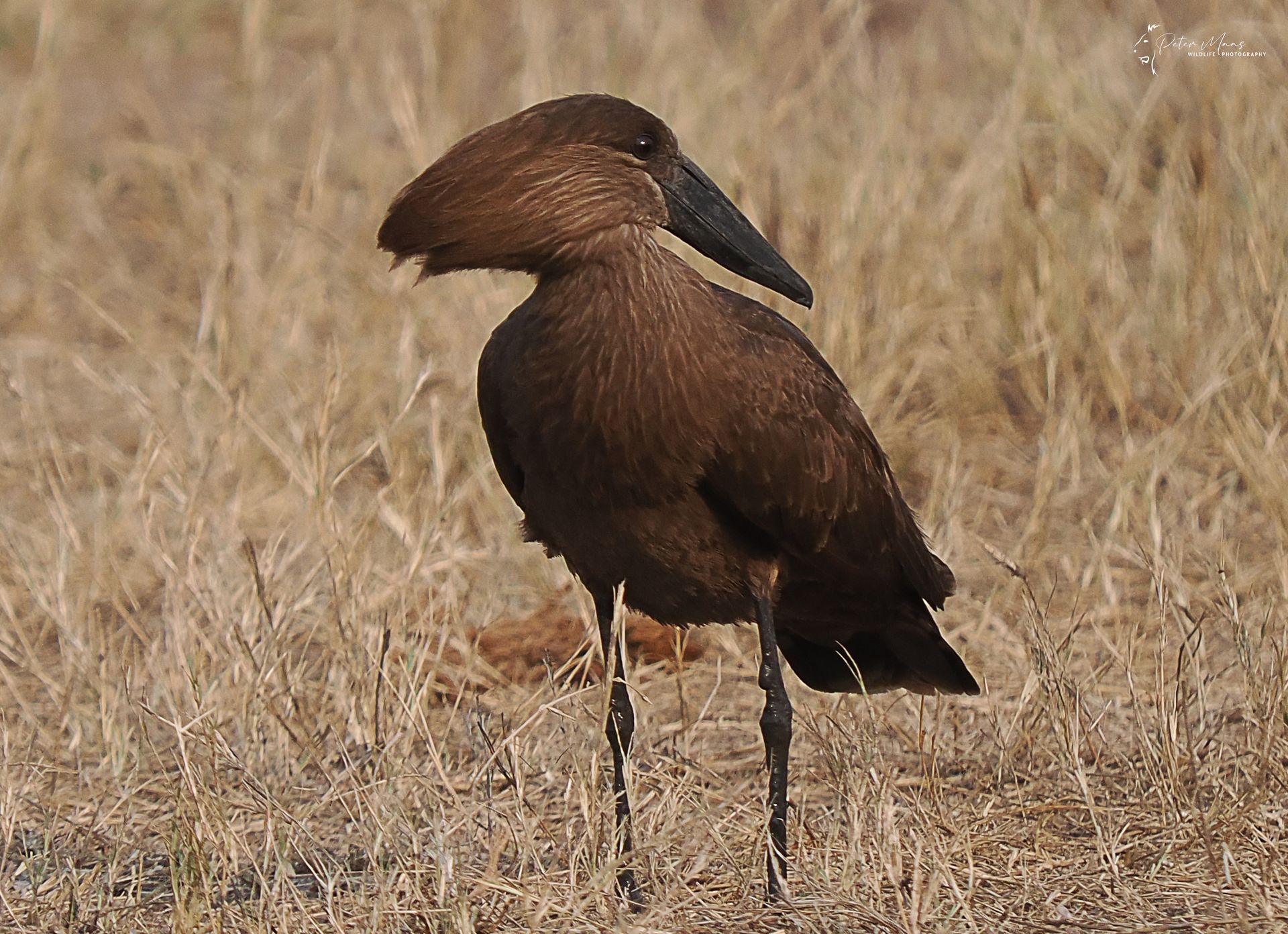
Slide title
Hamerkop
Button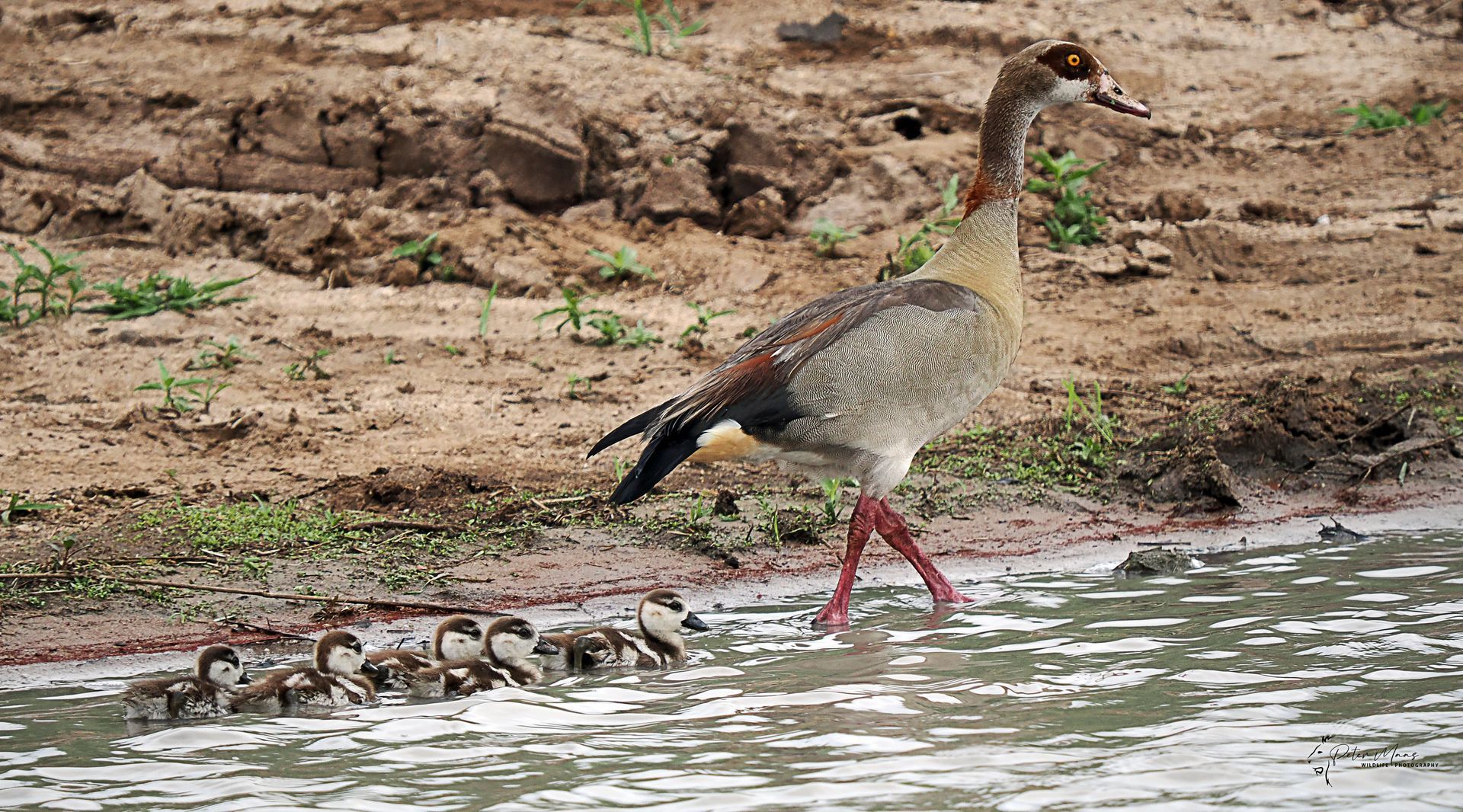
Slide title
Egyptian goose
Button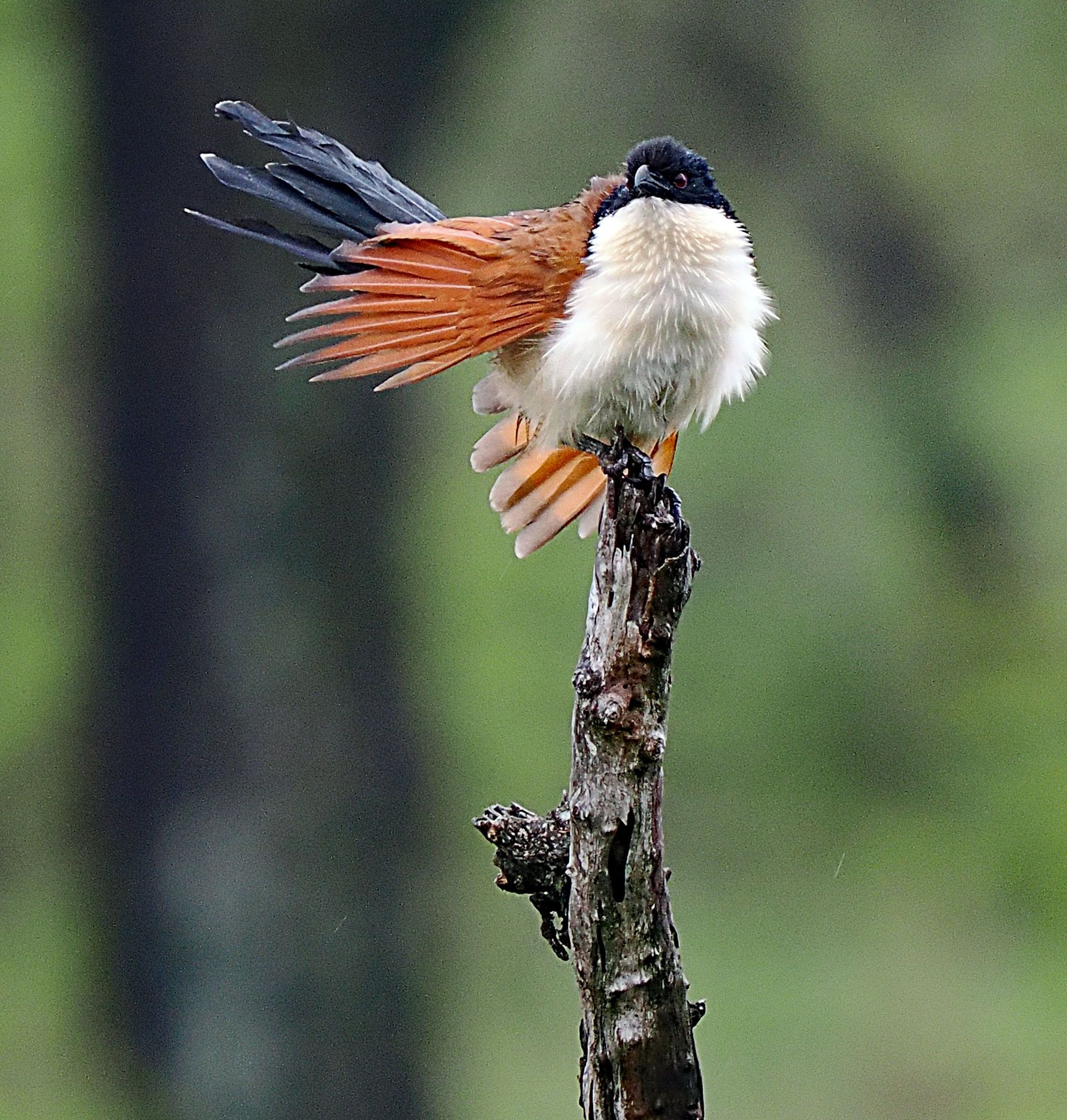
Slide title
Burchell's coucal
Button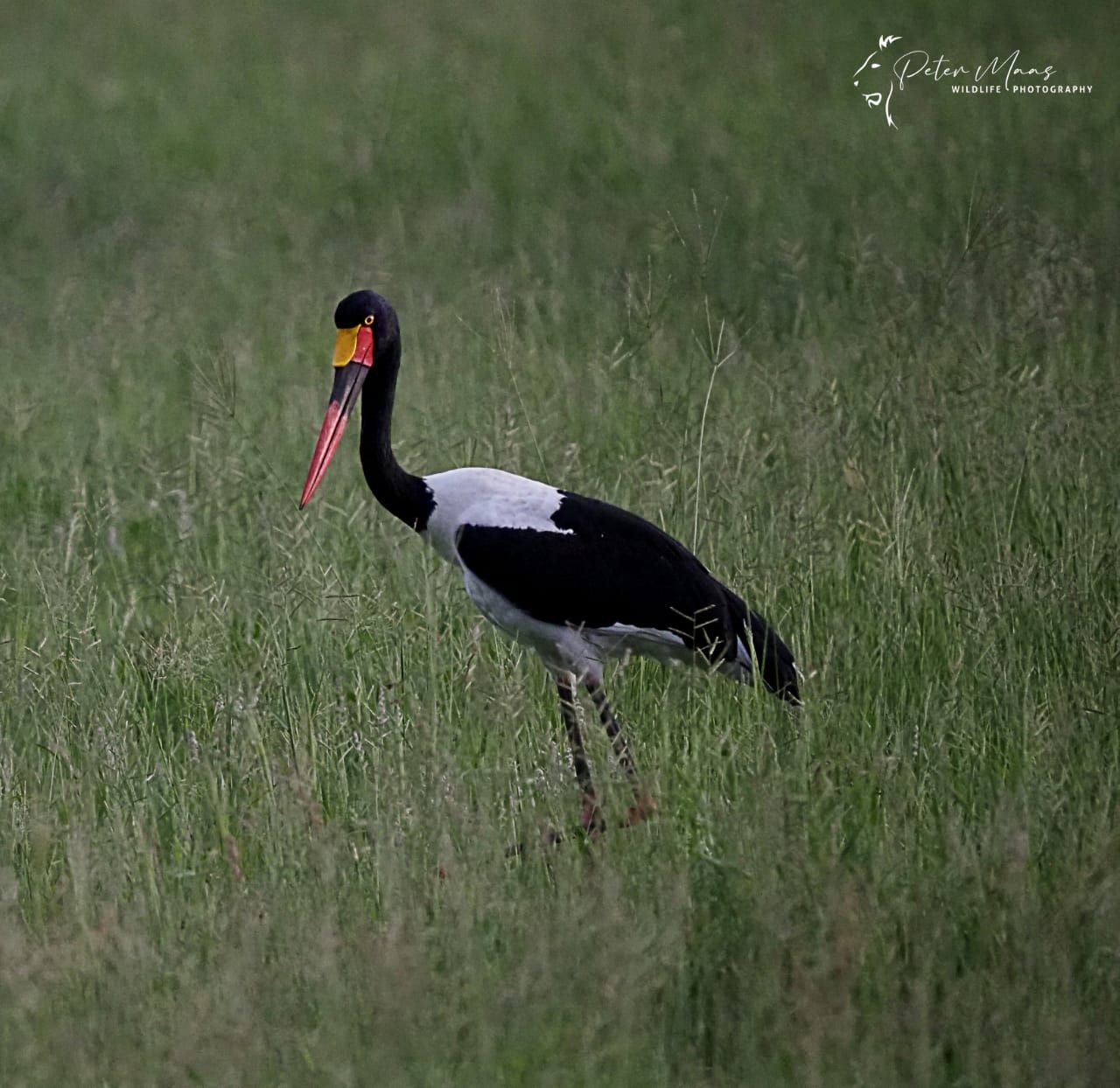
Slide title
Saddle-billed stork
Button
When it comes to birding, the Manyeleti offers an extensive and scientifically valuable birdwatching experience, with a mix of common resident species and rare summer migrants. As part of the Greater Kruger area, the reserve’s diverse habitats range from savannah grasslands to acacia thicket and riparian woodland along drainage lines and around dams and support an impressive bird population. Bird enthusiasts can explore a variety of species that contribute to both the biodiversity and ecological balance of the region, with sightings year-round and exceptional during the breeding seasons of migratory visitors.
One of the keystone species in Manyeleti is the African fish eagle, a top predator often seen perched near waterholes and rivers. Indeed, its piercing call is one of the most iconic sounds in the Greater Kruger. Primarily preying on fish, this impressive eagle also takes waterfowl and other small animals when necessary. As a resident species, it remains in the reserve throughout the year, and its nesting behaviour — usually building large nests in tall trees near water — provides an essential contribution to the stability of riparian ecosystems.
Also present in the Manyeleti is the martial eagle, the largest eagle in Africa. With a wingspan reaching up to 2,6m, it dominates the skies and plays a crucial role in the food web. Martial eagles are known to prey on small mammals, birds, and reptiles, sometimes taking animals as large as young impala. They are solitary birds and are observed soaring at high altitudes, scanning for prey. Their presence in the Manyeleti is significant as they are classified as vulnerable due to habitat loss and persecution.
The bateleur eagle, another striking raptor, is frequently spotted in the reserve. Its distinctive short tail and characteristic colouration of black, chestnut, and white, along with its expert aerial abilities, make it a memorable sight for visitors.
Waterbirds are also a prominent feature of the Manyeleti landscape, particularly around the seasonal pans and dams. The Egyptian goose, a widespread resident, is commonly seen in pairs or small flocks around water sources. These birds feed primarily on aquatic plants and grasses but will also graze in open fields. Though abundant, their territorial behaviour and vocal presence make them a noticeable species in the reserve’s wetland areas.
One of the rarer waterbirds seen in Manyeleti is the saddle-bill stork. Standing over 1,5m tall, this stork is instantly recognisable by its striking red and black bill, with a distinctive yellow saddle-shaped shield at the base. Saddle-bill storks are usually seen in pairs, foraging along water bodies for fish, frogs, and small invertebrates. While not commonly observed in large numbers, the presence of this species in the Manyeleti is important because of the role in plays in the food chain, particularly in wetland habitats. Its population is threatened in some areas due to habitat degradation, making sightings of these birds significant from a conservation perspective.
The woodland kingfisher, a migrant from tropical Africa, arrives in the Manyeleti during the summer months, heralding the rainy season with its sharp trilling calls. Unlike the aquatic kingfishers, this species primarily feeds on insects, small reptiles, and amphibians. The woodland kingfisher’s bright blue plumage and rapid flight make it easy to spot as it darts between trees or perches conspicuously in open areas. Its arrival and breeding in the reserve are indicators of the onset of the wet season and the replenishment of the landscape’s water bodies.
Resident ground-dwelling species like Swainson’s and Natal spurfowl are also common throughout the reserve. These species can often be found foraging in thickets or along the edges of open areas, feeding on seeds, insects, and small invertebrates. Their loud, cackling calls at dawn and dusk help identify their presence. Both species are important for their role in controlling insect populations, and they serve as prey for larger predators in the ecosystem.
One of the reserve’s more charismatic residents is the southern ground hornbill. These large birds, with their black plumage and striking red facial skin, are often seen foraging in small family groups. Southern ground hornbills are opportunistic feeders, preying on insects, small reptiles, and mammals. They are classified as vulnerable due to habitat loss and the destruction of their large, cavity nests. Their deep, booming calls, audible over long distances, add to the distinctive soundscape of the Manyeleti, especially during the early mornings.
Other year-round residents include Burchell’s coucal, a ground-dwelling bird often seen skulking through dense vegetation. This species is known for its slow, deliberate movements and its haunting, bubbling call. Although Burchell’s coucal is commonly mistaken for a raptor due to its size and predatory habits, it primarily feeds on large insects, small mammals, and reptiles. Its behaviour of hiding in thick brush makes it difficult to spot, but it is an important part of the ecosystem’s predatory balance.
In addition to these species, the Manyeleti sees rare but notable migratory visitors during the summer months. The southern carmine bee-eater is a prime example. These birds, with their vivid pink and red plumage, migrate south from equatorial Africa to breed in the region. They are highly social, often seen in large flocks as they hunt for flying insects such as bees, dragonflies, and locusts. Their presence in the Manyeleti is seasonal, making sightings particularly special for birdwatchers during the summer.
The reserve’s grasslands and wetland margins occasionally host the crowned crane, although its sightings are relatively rare. These large birds, with their golden feathered crowns, are typically seen in pairs or small groups. They are known for their elaborate courtship dances, involving bowing, jumping, and wing flapping. The crowned crane is classified as vulnerable due to the loss of wetland habitats, and their appearance in the Manyeleti, though uncommon, adds significant value to the reserve’s birding records.
Among the hornbills, the southern yellow-billed hornbill is one of the most common residents. Often seen hopping along the ground in search of insects, small reptiles, and seeds, these birds are easily recognisable by their large, curved yellow beaks. They are important for their role in seed dispersal and pest control, contributing to the health of the ecosystem. Their noisy calls and active foraging make them a frequent sight in the reserve.
The lilac-breasted roller, with its striking mix of blue, purple, and green feathers, is another iconic species in the Manyeleti. Often perched conspicuously on trees or posts, this bird swoops down to catch insects, small reptiles, and amphibians. It is a resident species, seen year-round, and plays a role in controlling insect populations in the reserve.
The hamerkop, a unique wading bird, is often seen near the reserve’s water sources. Known for its distinctive hammer-shaped head and large, domed nests, which can weigh up to 50kg, the hamerkop feeds primarily on fish, amphibians, and aquatic invertebrates. Its nests, often reused by other bird species, contribute to the biodiversity of the reserve.
The Manyeleti remains an important stronghold for these species, particularly as habitat loss and environmental changes continue to impact bird populations across Africa. Birdwatchers visiting the reserve contribute to ongoing conservation efforts by documenting sightings and supporting the protection of these vital ecosystems.
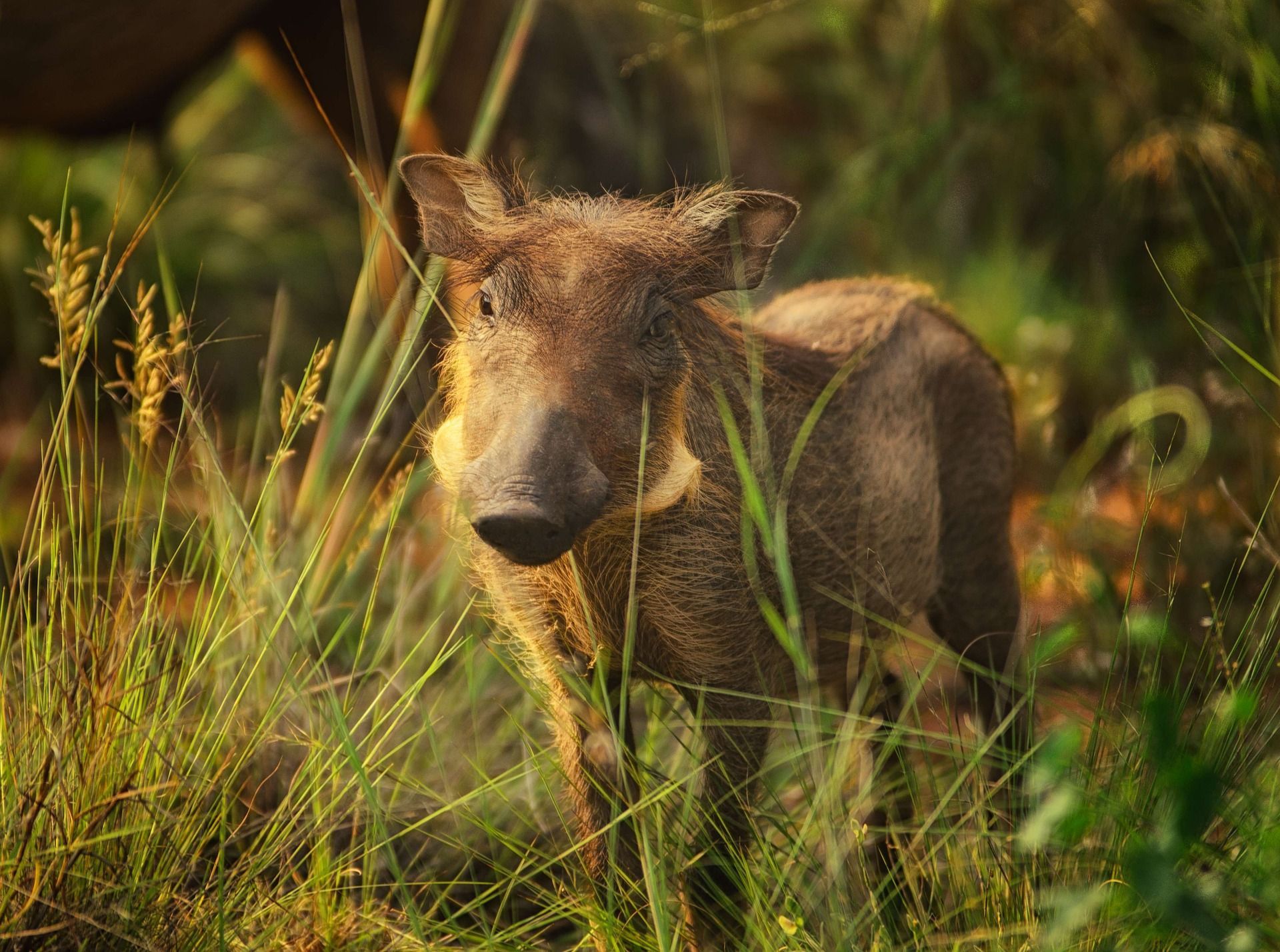
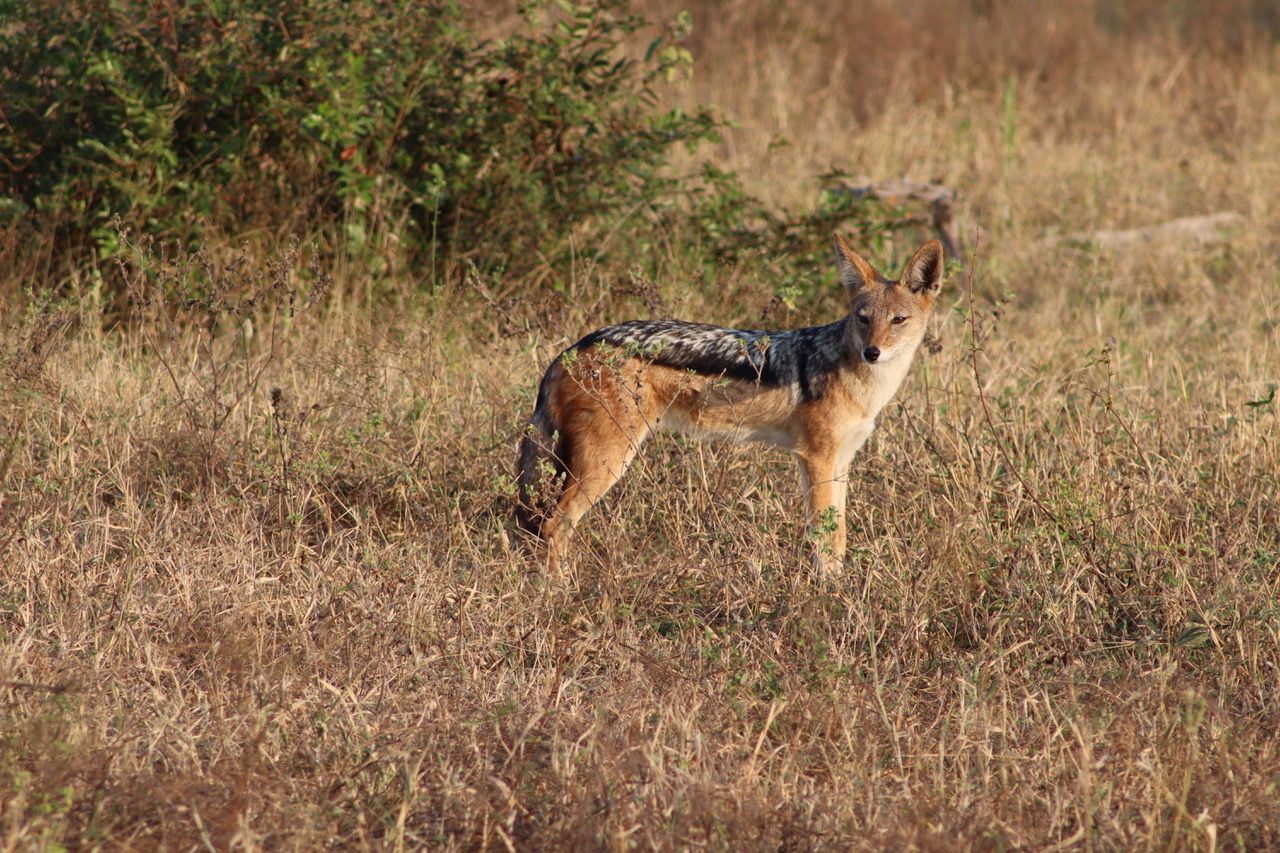
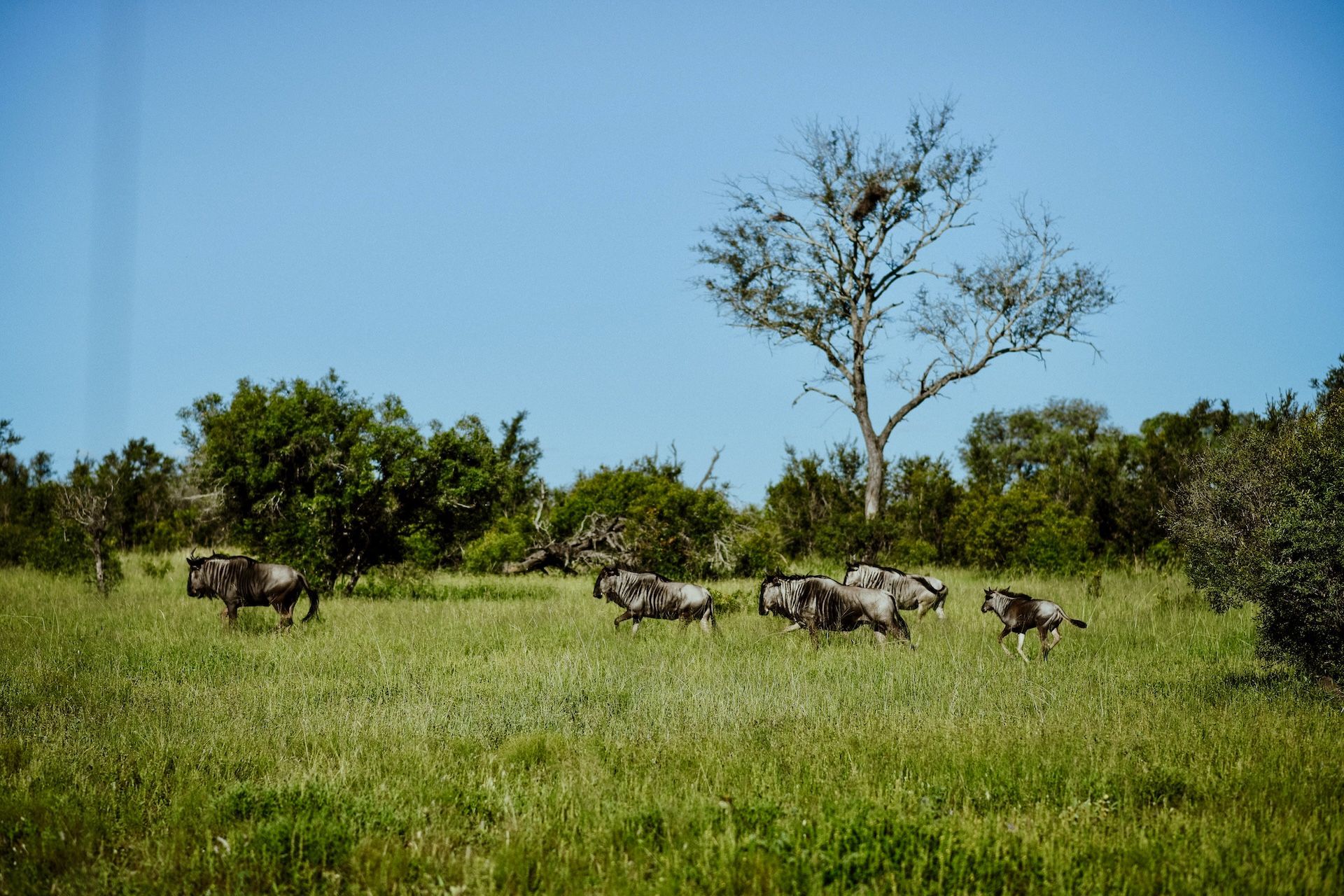
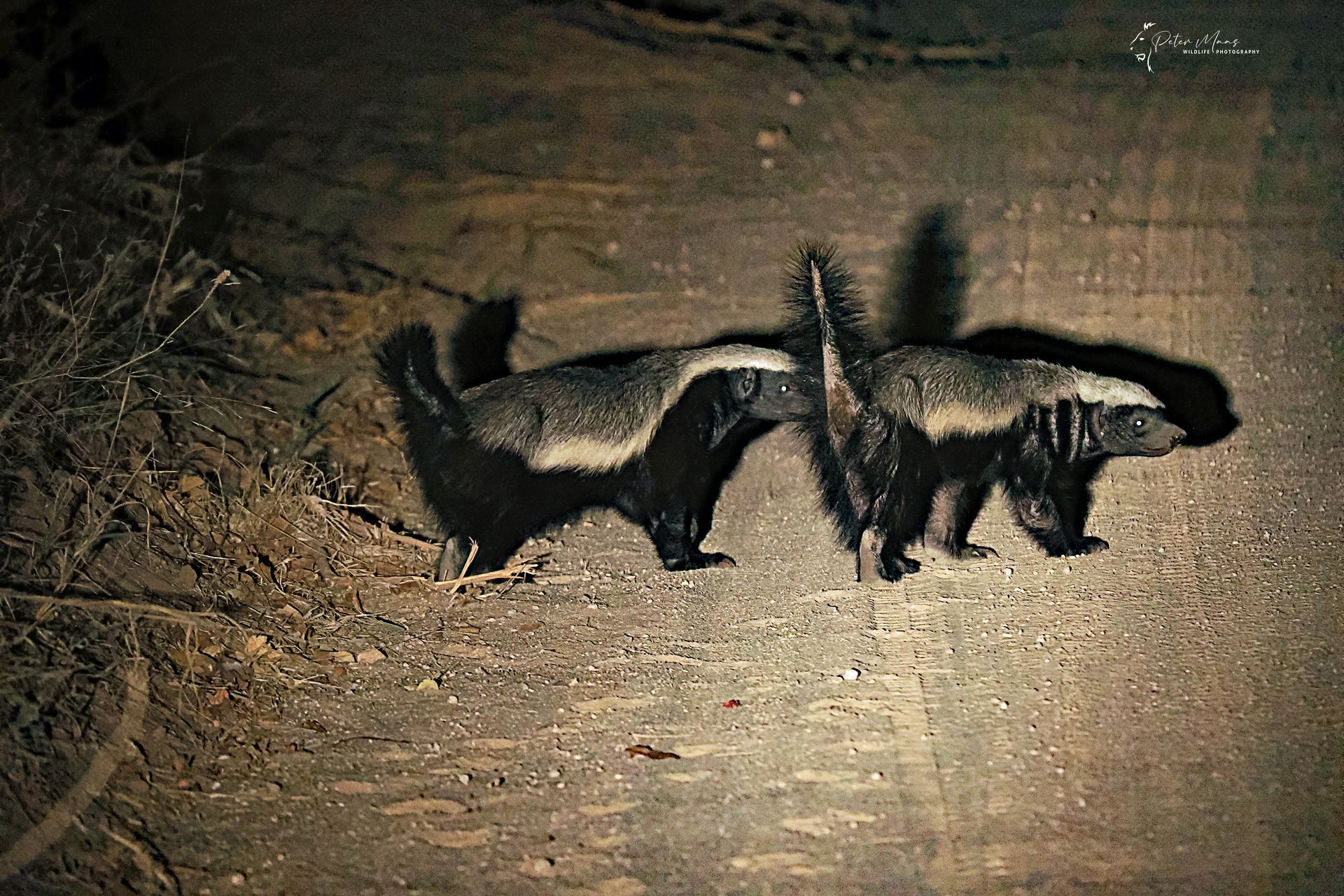
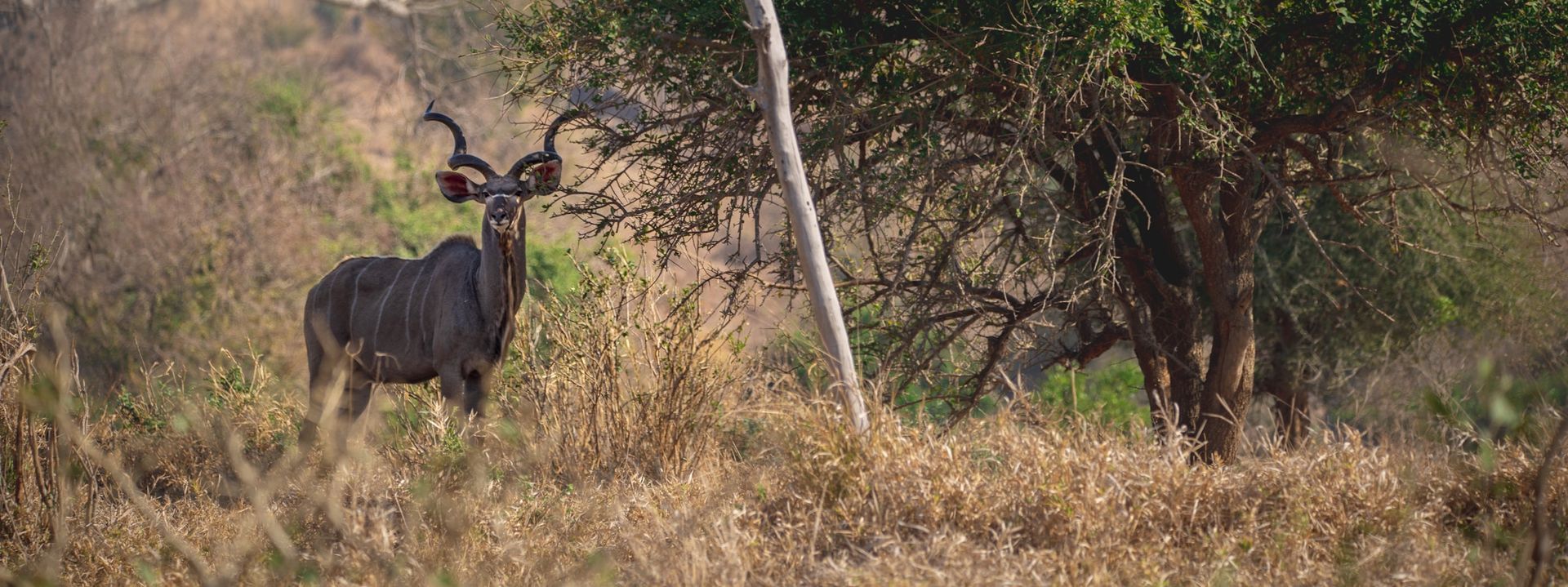
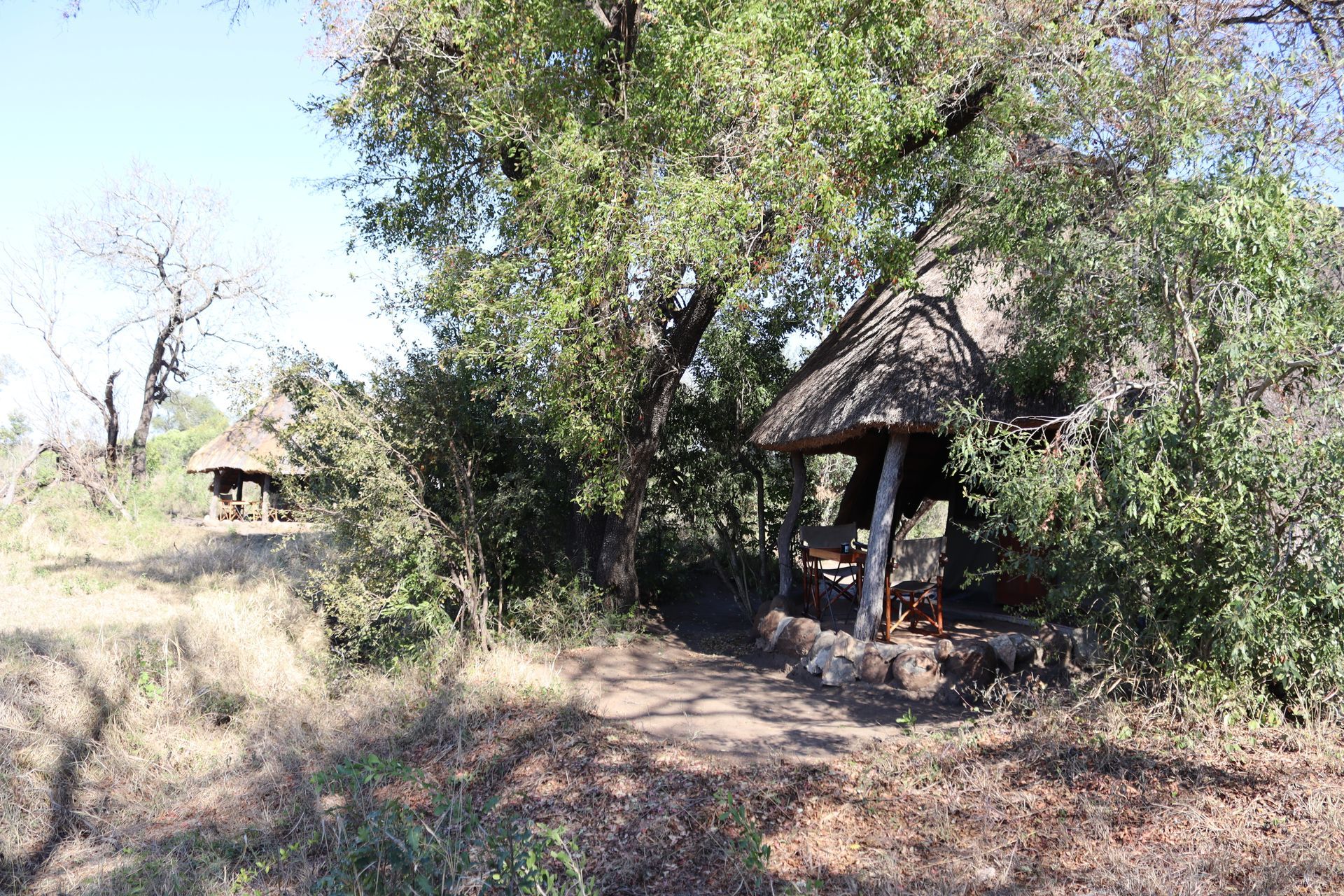
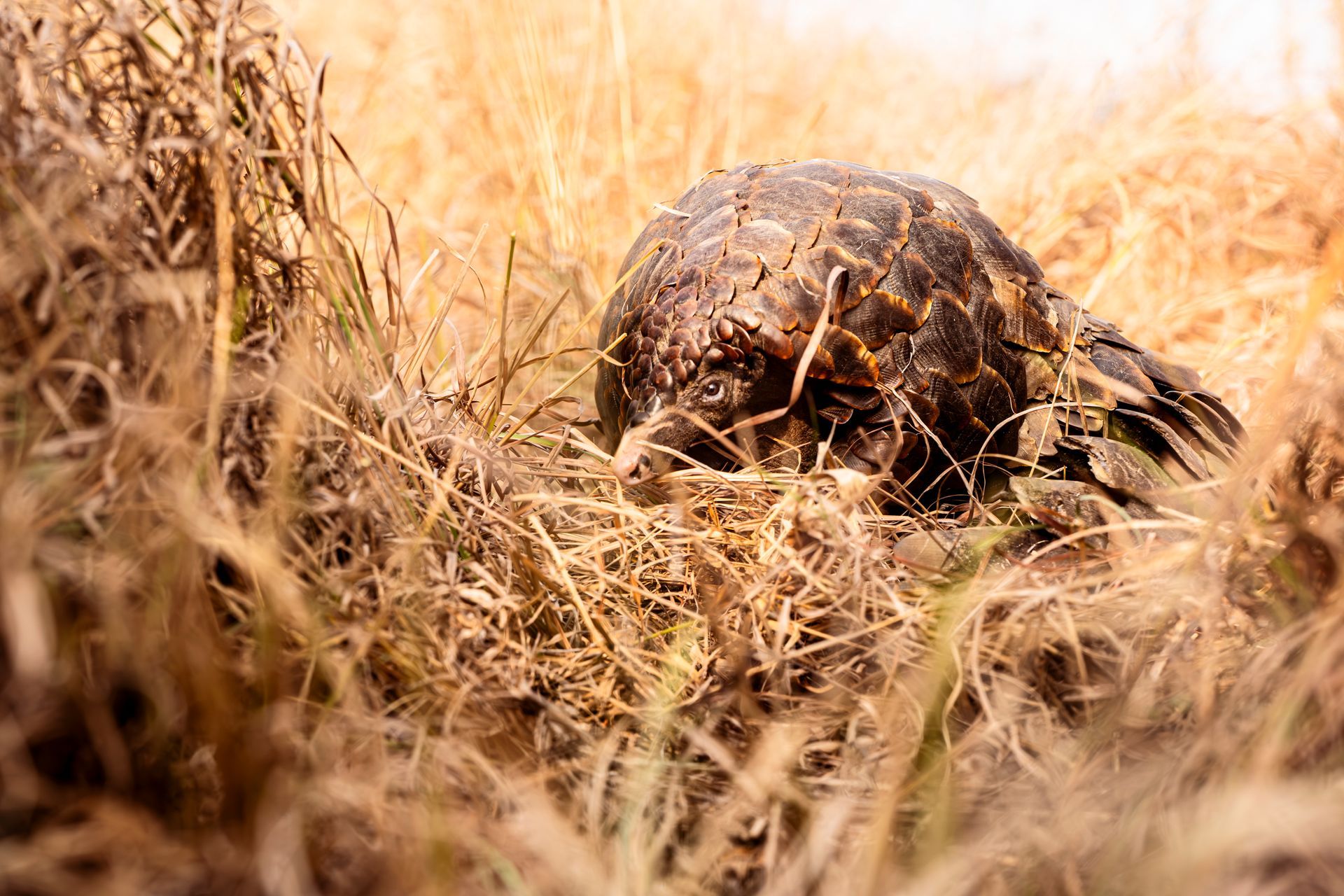
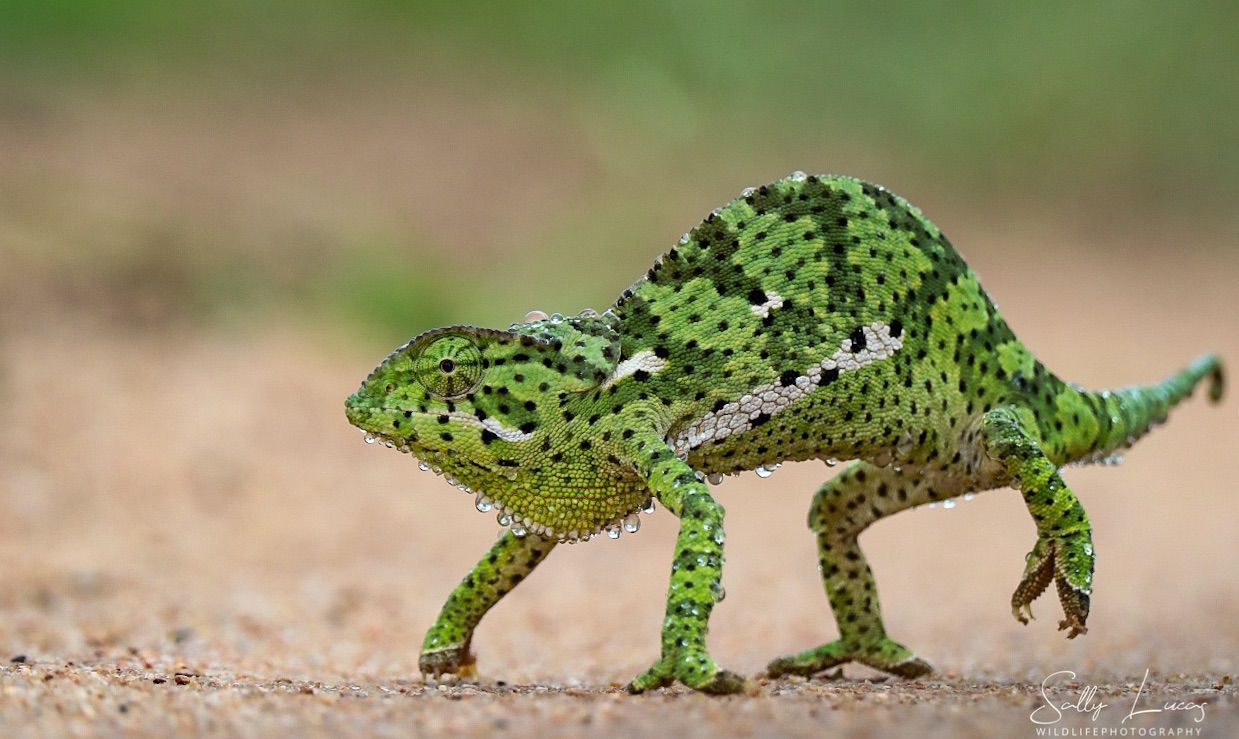
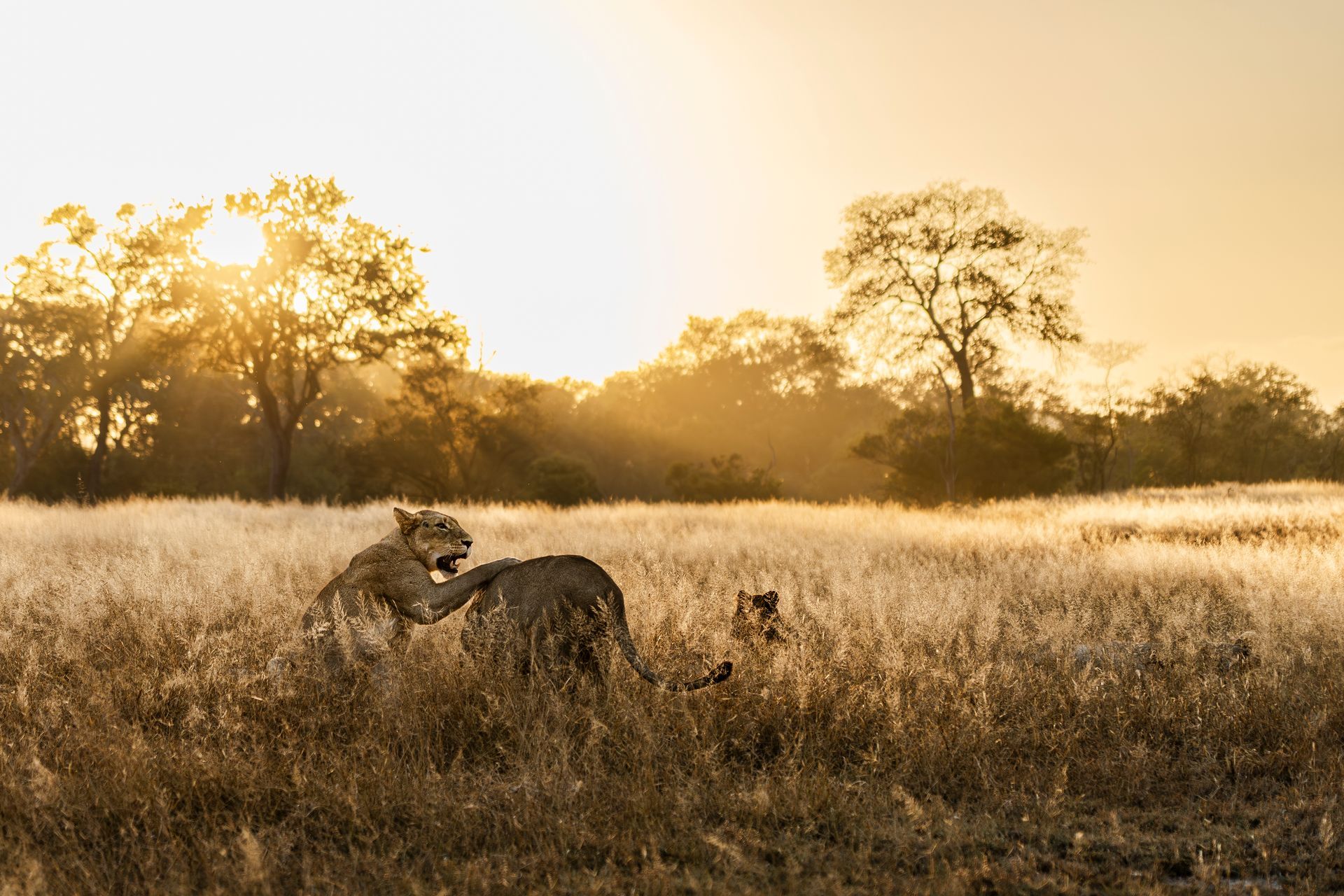
Pungwe Safari Camp
Manyeleti Game Reserve
Mpumalanga
South Africa
Tel: +27 82 853 9533
Email: info@pungwe.co.za
MENU
STAY CONNECTED
Join our Newsletter and find out more
Contact Us
We will get back to you as soon as possible
Please try again later
All images on this website have been taken at Pungwe by guests or staff
All Rights Reserved | Ingweleti Investments (Pty) Ltd T/A Pungwe Safari Camp

